Tag: resuscitation

The Patients Were Saved. That’s Why the Families Are Suing
What happened to Beatrice Weisman before dawn on Aug. 29, 2013, was not supposed to happen: The medical staff at Maryland General Hospital found her in cardiac arrest, resuscitated her and kept her alive. The matriarch of... read more

Is a Golden Age of Resuscitation on the Horizon?
Is emergency medicine on the verge of "the dawn of a new golden age of resuscitation?" That's the bold prediction from CPR innovator Keith Lurie, MD, a professor of internal and emergency medicine at the University of Minnesota,... read more
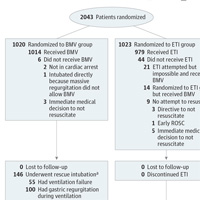
Effect of Bag-Mask Ventilation vs Endotracheal Intubation During CPR on Neurological Outcome After OHCA
Among patients with out-of-hospital cardiorespiratory arrest (OHCA), the use of BMV compared with ETI failed to demonstrate noninferiority or inferiority for survival with favorable 28-day neurological function, an inconclusive... read more
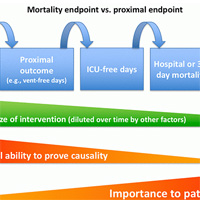
Chasing Mortality Endpoints is a Fool’s Errand
"There is no mortality benefit for that." How many times have you heard that? The implication is usually the same: that intervention is a waste of time. A smart, evidence-based clinician wouldn't bother with it. But, what... read more

Fluid overload, de-resuscitation, and outcomes in critically ill or injured patients
Sepsis is associated with generalised endothelial injury and capillary leak and has traditionally been treated with large volume fluid resuscitation. Some patients with sepsis will accumulate bodily fluids. The aim of this... read more
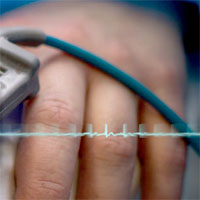
Navigating Medical Emergencies – An interactive guide to patient management
This free eBook presents emergent clinical situations and the core tasks required of healthcare professionals needing to recognize, navigate and safely manage them. It's really about how to perform the ABCs while protecting... read more

How Do Resuscitation Teams at Top-Performing Hospitals for In-Hospital Cardiac Arrest Succeed?
Resuscitation teams at hospitals with high IHCA survival differ from non–top-performing hospitals. Our findings suggest core elements of successful resuscitation teams that are associated with better outcomes and form the... read more
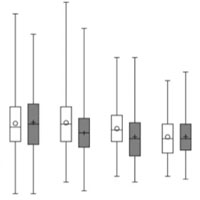
pH-guided Fluid Resuscitation and BICAR-ICU
The use of bicarbonate is a source of eternal disagreement. Bicarbonate has a shameful history of being abused in situations where it's unhelpful (e.g. cardiac arrest). This has impugned its reputation, giving it an aura... read more

Silent Space
Exhausted at the end of a busy week on service in the intensive care unit (ICU), the fellow and I are on our way to the conference room to debrief the week. The overhead code alarm disrupts the temporary lull in activity... read more
Withdrawing vs. Not Offering Cardiopulmonary Resuscitation: Is There a Difference?
In light of the SCC's Cuthbertson v. Rasouli decision, the distinction between withdrawing and not offering a medical treatment is increasingly relevant. Because CPR is a "default" treatment for cardiac arrest, it requires... read more
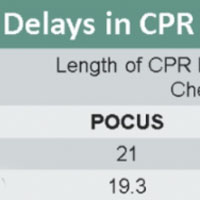
Preventing Harmful Delays with POCUS During Cardiac Arrest
With the integration of bedside echocardiography into cardiac arrest, we now have a real-time tool to help us glean some of this critical missing information, as well as offer procedural guidance and prognostic data. However,... read more
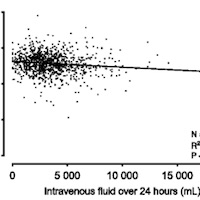
Haemoglobin concentration and volume of intravenous fluids in septic shock in the ARISE trial
Haemoglobin concentration decreases during resuscitation from septic shock, and has a significant but weak association with the volume of intravenous fluids administered. Median (IQR) haemoglobin concentration at baseline... read more

No Requirement for Targeted Theophylline Levels for Diuretic Effect of Aminophylline in Critically Ill Children
Aminophylline administration provided a measure of increased diuresis, regardless of dosage, and theophylline trough levels. Therefore, achieving a prescribed therapeutic trough level may not be necessary for full diuretic... read more
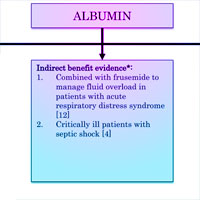
Moving Albumin Into the Small Volume Resuscitation Era
Physicians have an intense 70-year history of enthusiasm, skepticism, fear, and reconciliation with albumin products since their market introduction in the late 1940s. Despite its cumbersome production method and costs, albumin... read more








